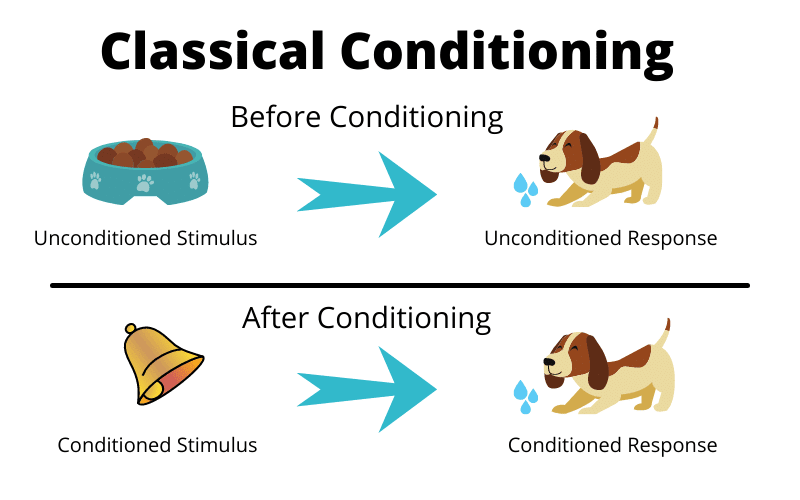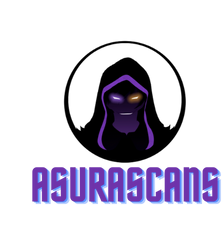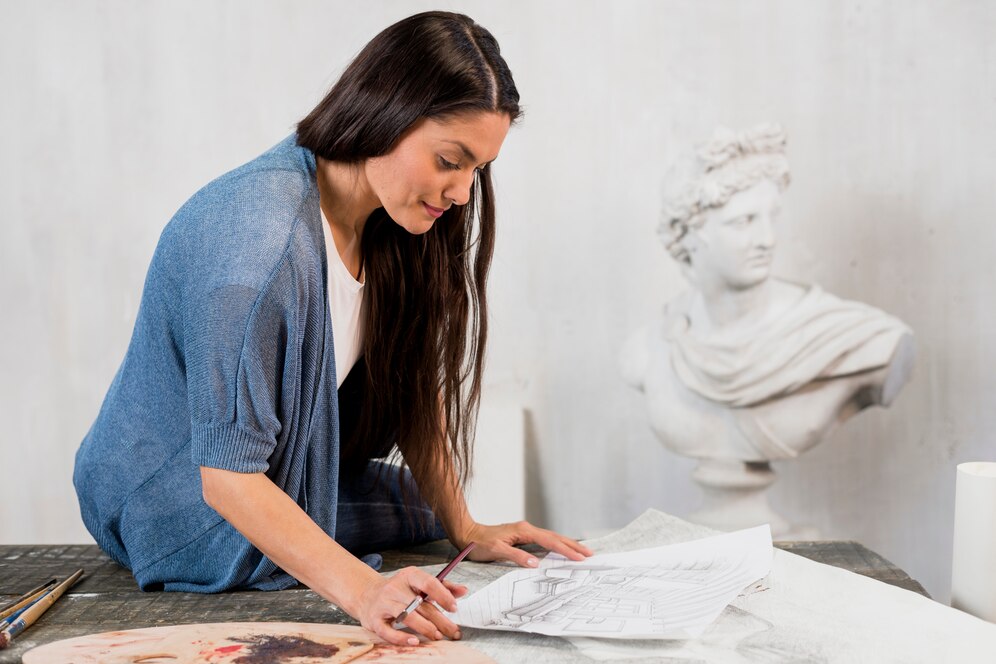An example of classical conditioning is when a person learns to associate two things that happen together. Classical conditioning helps us understand how behaviors can change based on what happens around us. For example, if you hear a bell before you get your favorite food, you might start to feel hungry just by hearing the bell. This is an example of classical conditioning in action, where the bell is connected with food in your mind.
In the world of psychology, this idea is very important. It helps explain how we can learn new things and how behaviors are formed. The example of classical conditioning shows how the brain links one thing with another, like sounds, smells, or sights, to make us respond in a certain way. Over time, these learned responses can become automatic.
What is an Example of Classical Conditioning?
An example of classical is when you start to associate something with a specific response. In psychology, this means that something you don’t normally react to can make you respond in a certain way if it’s linked to something that already causes that reaction. For example, if every time you hear a bell, you get your favorite food, soon just the sound of the bell will make you hungry.
Classical conditioning works by making new connections in your mind. You might not notice it at first, but it helps you react to things in a learned way. The example of classical conditioning shows how your brain starts to link one thing to another without you even realizing it.
How Classical Conditioning Works: A Simple Example
In classical , we start with something that happens naturally, like feeling scared when we hear a loud noise. This is called an unconditioned response. Now, imagine hearing a loud noise every time you see a certain color. Over time, you might start feeling scared just when you see that color. This is how classical conditioning can change your feelings and reactions.
The example of classical conditioning helps us see that reactions can be learned. It’s all about pairing something new with something that already causes a response. Once the brain learns this, the new thing can trigger the same feeling or action. It’s like your brain connecting dots to make a new pattern.
Real-Life Examples of Classical Conditioning

One common real-life example of classical is when a dog learns to associate the sound of a bell with food. This is based on the famous experiment by Ivan Pavlov. At first, the bell doesn’t make the dog salivate, but after ringing it before giving the dog food several times, the dog learns to salivate just from hearing the bell.
In everyday life, you might experience classical conditioning when you hear a song that reminds you of a fun day. The sound of the song (a neutral stimulus) becomes linked with happy memories (the unconditioned stimulus), and now, every time you hear it, you feel happy. This is another example of classical conditioning in action.
The Science Behind an Example of Classical Conditioning
Classical conditioning helps explain how we learn to react to certain things in our environment. It’s all about how our brains connect new things with things we already know. For example, if you see a red light and stop the car, your brain learns to associate the red light with stopping the car. Over time, this becomes automatic, and you don’t need to think about it anymore.
This learning process is a key part of understanding how behavior works. The example of classical conditioning shows us that our actions can be influenced by simple associations. Once we make these connections, they can stay with us for a long time, even without us realizing it.
Why an Example of Classical Conditioning Is Important in Learning
Understanding the example of classical conditioning is important because it helps explain how we learn from our surroundings. By linking certain things with certain reactions, we can learn without needing to be taught directly. For example, a child who sees their parent react with joy when they do something can start to learn that behavior.
Classical conditioning plays a big role in education and therapy. Teachers and therapists can use it to help children or patients learn positive behaviors by linking them with enjoyable things. This makes it a powerful tool for shaping behavior and teaching new skills.
An Easy Example of Classical Conditioning in Animals

Animals, just like humans, can learn through classical conditioning. For instance, if a dog hears a whistle every time it’s time to eat, the dog will eventually learn to salivate when it hears the whistle, even if there’s no food yet. This shows how animals, like dogs, can learn new behaviors based on associations.
This example of classical conditioning can also be seen in other animals, like birds or horses. They can be trained to respond to sounds, smells, or even sights in specific ways. This shows how classical conditioning is a natural part of learning for animals too, and it helps trainers guide their behavior.
Understanding the Bell and Food Example of Classical Conditioning
The bell and food example of classical conditioning comes from Pavlov’s famous experiment with dogs. In this experiment, Pavlov rang a bell every time he fed the dogs. At first, the bell didn’t make the dogs react. But after repeating this several times, the dogs learned to salivate just when they heard the bell. This is a perfect example of how classical conditioning works.
In this example, the bell, which was initially a neutral stimulus, became a conditioned stimulus that caused a conditioned response (salivation). This shows how behavior can change when we learn new associations.
How Can an Example of Classical Conditioning Affect Your Behavior?

The example of classical conditioning can affect your behavior in many ways. If you’ve ever felt nervous before an important test just because you were nervous before other tests, that’s classical conditioning at work. Your brain linked the test (neutral stimulus) with the anxiety of a past experience (unconditioned stimulus), and now you feel nervous before every test.
Classical conditioning shows that even everyday behaviors, like feeling happy when you hear your favorite song, can be learned through associations. These learned behaviors can shape how we react to the world around us.
Conclusion
In conclusion, the example of classical conditioning shows how we can learn new behaviors by connecting things we experience. It helps us understand why we react to certain things in specific ways, even if we don’t realize it. Whether it’s a dog salivating to a bell or a person feeling nervous before a test, our brain makes connections that guide how we feel and act.
Classical conditioning is not just something that happens in a lab with dogs. It’s a part of our everyday life. We learn from the world around us, and our brain links things together in ways we might not even notice. So, the next time you feel a certain way when something happens, think about the hidden connections your brain might have made!




